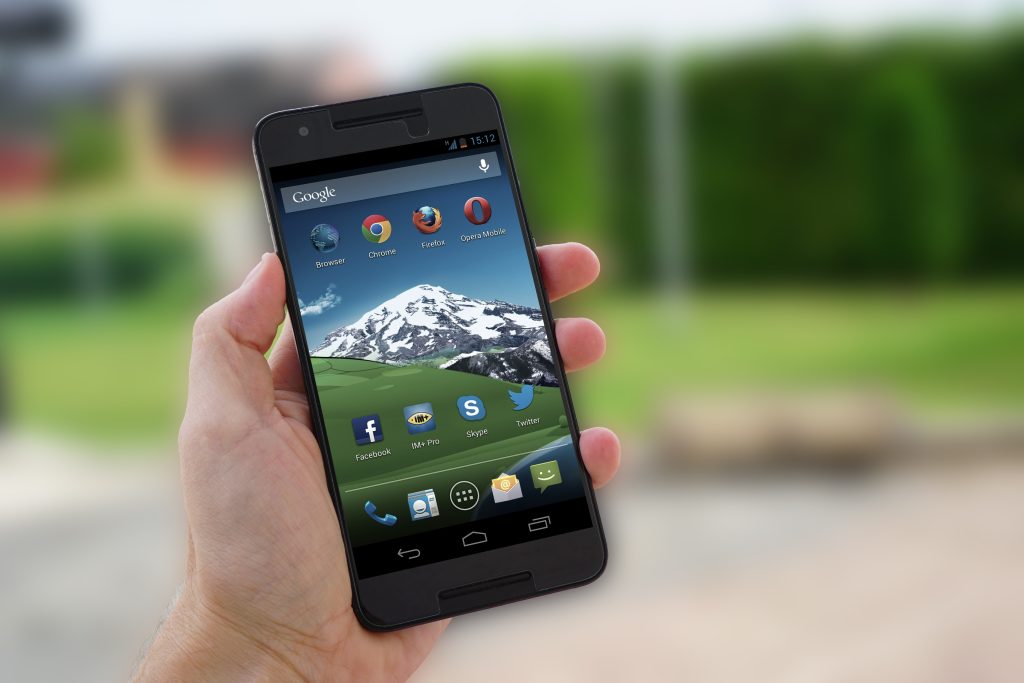The history of Android phones is a journey marked by innovation, diversity, and the evolution of mobile technology. In 2008, the first commercially available Android device, the HTC Dream (also known as the T-Mobile G1), introduced the world to the Android operating system. Developed by Google, Android offered an open-source platform that encouraged hardware manufacturers to create a variety of smartphones catering to different preferences and budgets.
Over the years, Android phones quickly gained traction, with each new iteration bringing improvements in design, features, and performance. The Android Market (now Google Play Store) launched in 2008, marking the beginning of a vibrant app ecosystem that would eventually rival Apple’s App Store. In 2010, the Nexus One, developed in collaboration with HTC, showcased Google’s vision for a pure Android experience.
Samsung’s Galaxy S series, starting with the Galaxy S in 2010, played a pivotal role in Android’s ascent, introducing features like AMOLED displays and advanced camera systems. The release of Android 4.0 Ice Cream Sandwich in 2011 brought a unified design language and improved user experience.
Android’s adaptability was evident as it expanded to different form factors, powering not just smartphones but also tablets, smart TVs, and other devices. The Android Open Source Project (AOSP) fostered a community of developers and manufacturers, leading to an array of customized user interfaces (UI) layered over Android, such as Samsung’s One UI and OnePlus’ OxygenOS.
The release of Android 4.1 Jelly Bean in 2012 introduced Google Now, a precursor to voice assistants, and focused on smoother animations and improved performance. Subsequent versions continued to refine features and security, with Android 5.0 Lollipop (2014) ushering in the Material Design aesthetic.
Android’s dominance was further cemented with the launch of the Google Pixel series in 2016, showcasing Google’s vision of Android through hardware and software integration. Android 9.0 Pie (2018) emphasized AI-driven features and navigation gestures, while Android 10 (2019) introduced a system-wide dark mode and enhanced privacy controls.
Android’s flexibility also led to its integration in emerging markets, where affordable smartphones brought connectivity to millions. By 2021, Android had evolved into a global phenomenon, powering a diverse range of devices and catering to a wide spectrum of user needs.
The history of Android phones reflects a dynamic ecosystem that thrives on competition, collaboration, and constant innovation, making Android a driving force in shaping the modern mobile landscape.












Insightful piece
great article